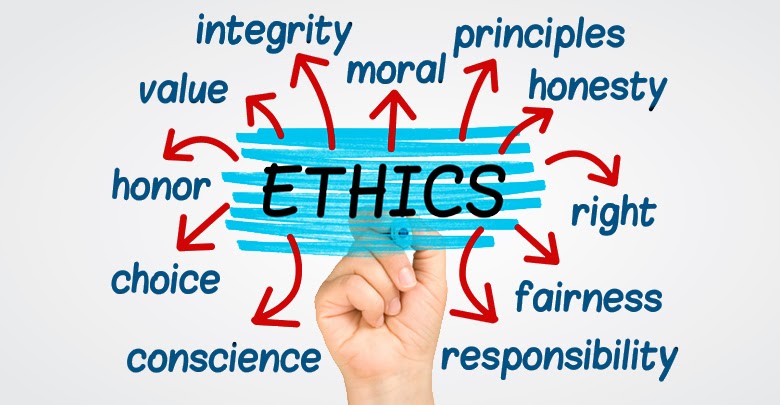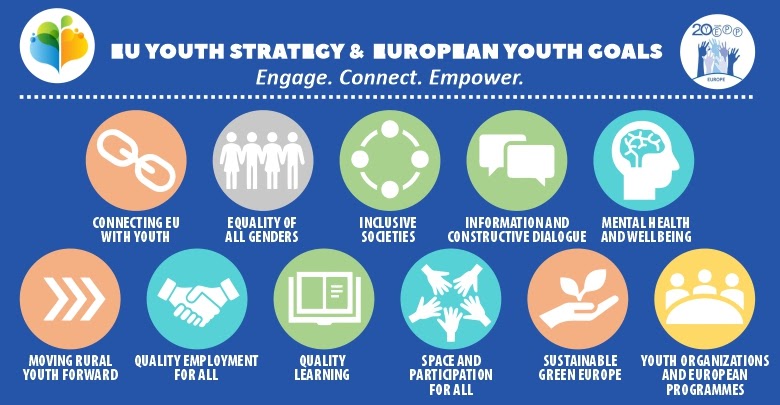Connecting [youth] policies and educational programs
Connecting [youth] policies and educational programs
-
Defining ethics Brown and Paolucci (1979) suggested that ethical decision-making and moral reasoning are at the heart of the profession. Simply stated, ethics refers to standards of behavior that tell us how human beings ought to act in the many situations in which they find themselves-as friends, parents, children, citizens, businesspeople, teachers, professionals, and so on. Ethical competence is a…
Read More » -
Defining Professionalism The word professional is used by different people in different ways. It is used as an adjective to describe a certain kind of behavior that is usually meant to be calm, controlled, objective and not interested in personal gain. When used as a noun, it is meant to signify an individual who has, through a combination of education…
Read More » -
Planning can be defined as “thinking in advance what is to be done when it is to be done, how it is to be done and by whom it should be done”. In simple words we can say, planning bridges the gap between where we are standing today and where we want to reach. Planning involves setting objectives and deciding…
Read More » -
The 11 EU Youth Goals are part of the EU Youth Strategy 2019-2027 and represent the vision of young Europeans. They are an outcome of a structured dialogue process during two years (2017-18) including research, consultations and EU Youth conferences (in total three), where more than 250 youth representatives, policymakers and experts from the youth field met and discussed the…
Read More » -
The EU Youth Strategy is the framework for youth policy cooperation and it represents the basis for the youth policies on the EU level. The new strategy builds on the previous youth strategy 2010-2018. The new strategy has been developed by the European Commission with previous long years of preparatory work. The preparatory work for the strategy included the documents:…
Read More » -
Civic engagement or civic participation is any individual or group activity addressing issues of public concern. Citizens acting alone or together to protect public values or make a change or difference in the community are common types of civic engagement. Civic engagement includes communities working together in both political and non-political actions. Four interrelated constructs have been identified in the…
Read More » -
Civic engagement is active participation in the public life in the community and it means that your actions are informed, committed and constructive, and they benefit the community. The video stresses the importance of the “community” as the center of civic engagement. It also mentions the reciprocal relationship with your community i.e. what do you gain from your community and…
Read More » -
What Is Culture? Culture is the totality of values, beliefs, and behaviors common to a large group of people. A culture may include shared language and folklore, communication styles and ideas, and thinking patterns—the “truths” accepted by members of the group. Members of culture have similar expectations of life. The term “culture” derives from the Latin word “cultura” which means…
Read More » -
NGOs as political subjects NGOs are legal entities, composed of a group of people that have a certain ideology, which is based on values and principles. Besides, in raising awareness and education, NGOs have a crucial role in campaigning, advocacy, lobbying, and policymaking. Policymaking includes work with institutions and authorities (decision-makers). NGOs propose policies and measures for improvement of the…
Read More » -
Every trainer is an advocate. Advocacy means supporting and defending a cause you believe in. Although the term “advocate” is often used to refer to a paid legal representative, it also refers to someone who argues for a cause or course of action. In a Non-formal perspective, the trainer is an advocate that understands the issue and finds the right…
Read More »









